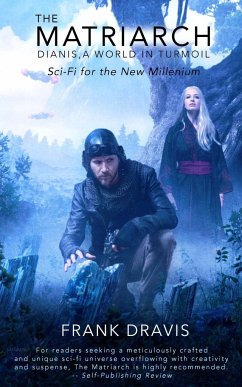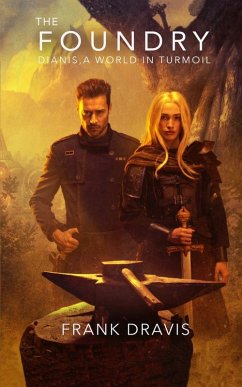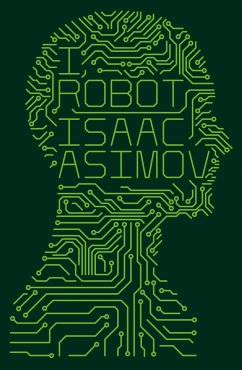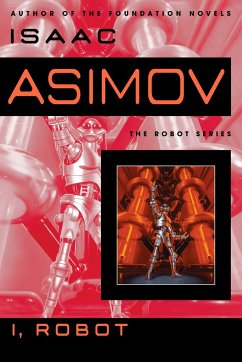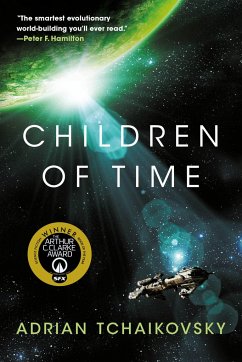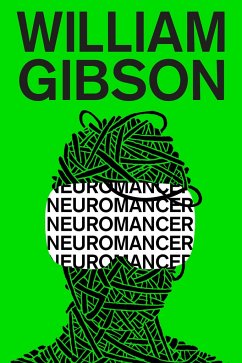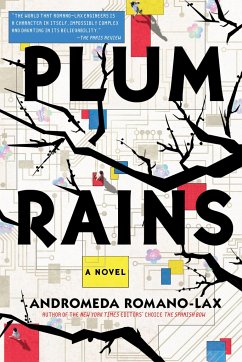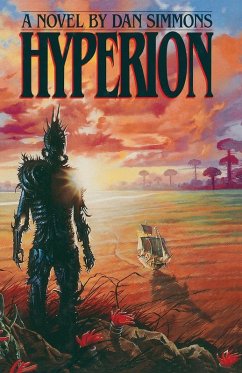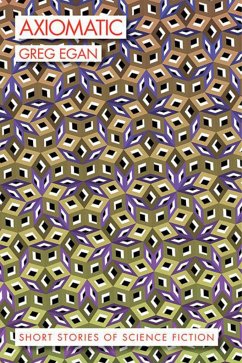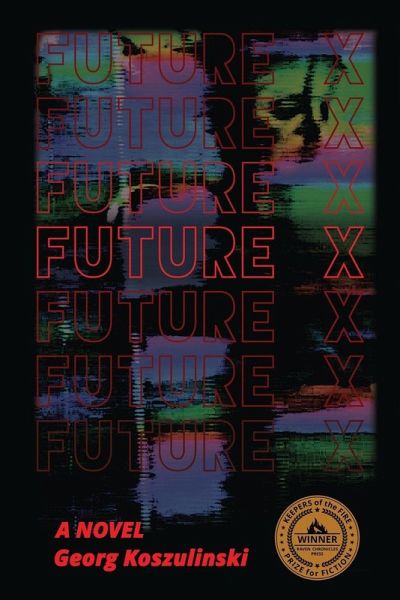
FUTURE X

PAYBACK Punkte
9 °P sammeln!
Future X is set seventy years into the future, where ecological collapse, civil war, and privatized moon colonization for corporate elites have become reality. Decades before a deadly virus wipes out humanity, global communication is compromised by "the feed," an advanced A.I. system that blurs the lines between conspiracy and truth-making reality itself indistinguishable. The protagonist, Jane Ballard, is a young African American woman and former marine from the Californian Republic Armed Forces where she served in drone intelligence operations before being demoted and stationed at a remote p...
Future X is set seventy years into the future, where ecological collapse, civil war, and privatized moon colonization for corporate elites have become reality. Decades before a deadly virus wipes out humanity, global communication is compromised by "the feed," an advanced A.I. system that blurs the lines between conspiracy and truth-making reality itself indistinguishable. The protagonist, Jane Ballard, is a young African American woman and former marine from the Californian Republic Armed Forces where she served in drone intelligence operations before being demoted and stationed at a remote prison camp in Eastern Colorado. The story begins over a decade later, when Jane appears to be the lone survivor of a cataclysmic plague known as Virus (x). Set near the end of the 21st century, the story explores themes reminiscent of Octavia Butler, J.G. Ballard, and Kim Stanley Robinson, and the moral, philosophical, and ecological implications of artificial intelligence The central drama of FUTURE X is one of transmission: the story revolves around an ex-marine who wanders a post-apocalyptic landscape in search of other survivors and happens upon the Dead Man's writings, which are part media and narrative theory, part descriptions of his work in "archeopsychic extractions." The protagonist, Jane Ballard, and a small group of survivors receive a radio message broadcast from the southern hemisphere from others who have likewise made it through multiple overlapping extinction events. And we, the readers, are receiving Jane's transmission in a twenty-second-century future defined by the historical events she lived through and also the conditions today for the transmission of information and disinformation, knowledge and viral stupidity, and wisdom and world-crashing data. Appropriately, FUTURE X explores a mash-up of genres best suited to engage realistically and speculatively with the challenges of storytelling at a time of species-level existential danger: the expository mode, journal entry, memoir, notes, encyclopedia preface, court document, historiographic timeline, and aphorism. At this moment in history, Koszulinski's novel brings together all the Xes influencing what the Dead Man describes as "our collective failure to imagine our way out of this world and into another."




